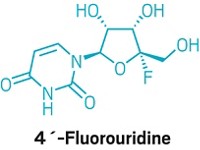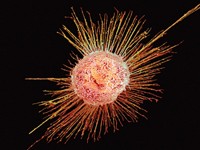Advertisement
Grab your lab coat. Let's get started
Welcome!
Welcome!
Create an account below to get 6 C&EN articles per month, receive newsletters and more - all free.
It seems this is your first time logging in online. Please enter the following information to continue.
As an ACS member you automatically get access to this site. All we need is few more details to create your reading experience.
Not you? Sign in with a different account.
Not you? Sign in with a different account.
ERROR 1
ERROR 1
ERROR 2
ERROR 2
ERROR 2
ERROR 2
ERROR 2
Password and Confirm password must match.
If you have an ACS member number, please enter it here so we can link this account to your membership. (optional)
ERROR 2
ACS values your privacy. By submitting your information, you are gaining access to C&EN and subscribing to our weekly newsletter. We use the information you provide to make your reading experience better, and we will never sell your data to third party members.
Biological Chemistry
Immunity Meets The Internal Clock
Scientists find that coordinating vaccination with the natural 24-hour cycle of gene expression improves efficacy
by Sarah Everts
February 27, 2012
| A version of this story appeared in
Volume 90, Issue 9
Most organisms have a circadian clock that coordinates gene expression to the rhythm of a 24-hour cycle. Researchers led by Erol Fikrig at Yale University now report that expression of a gene required for detecting pathogenic viruses and bacteria also ebbs and flows under clock control, hitting a minimum during sleeping hours and a maximum during wakeful periods. This direct molecular link between circadian clocks and innate immune systems could help medical researchers know when a patient is most vulnerable to infection and when to administer a vaccine for optimal protection against a pathogen (Immunity, DOI: 10.1016/j.immuni.2011.12.017). Fikrig and coworkers focused on expression of a gene called Toll-like receptor 9 (TLR9), which is a component of the mammalian innate immune system that acts as a first scout for invading microbes. They found that mice had a better chance of survival against pathogens when an infection happened during the animal’s wakeful hours, when TLR9 was maximally expressed. The team also found that vaccines provided better long-term protection against pathogens when the vaccine had been given during wakeful times of the day.




Join the conversation
Contact the reporter
Submit a Letter to the Editor for publication
Engage with us on Twitter